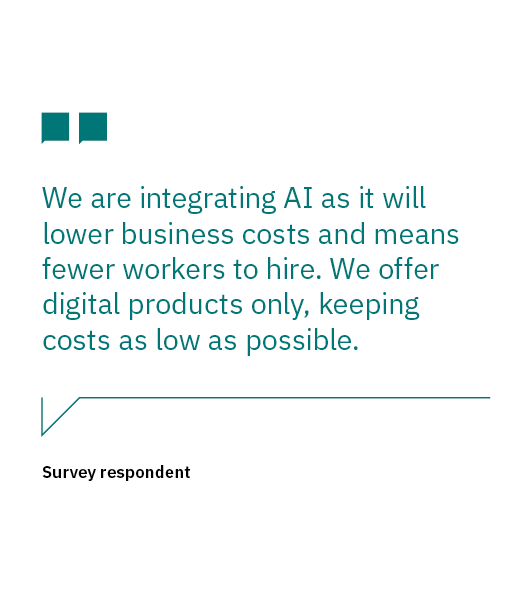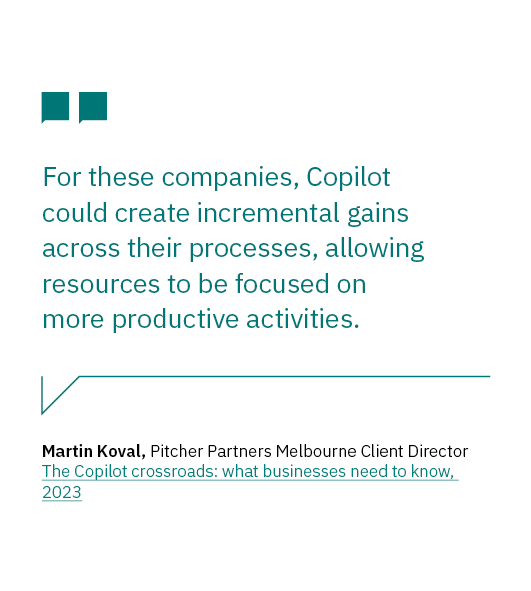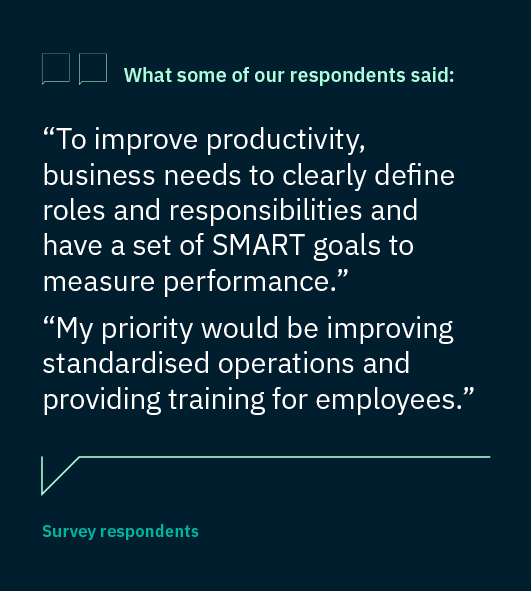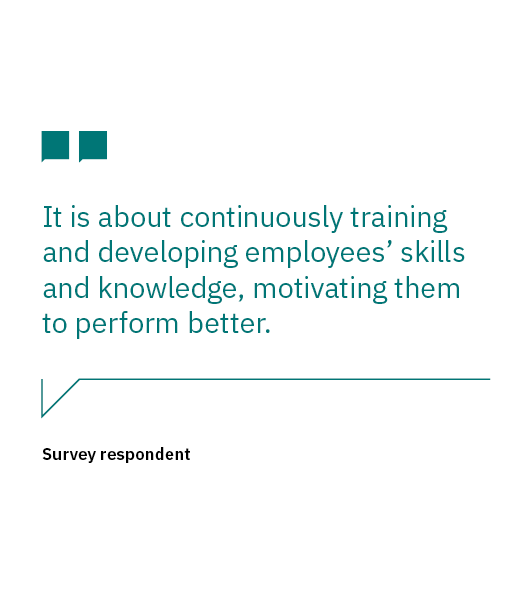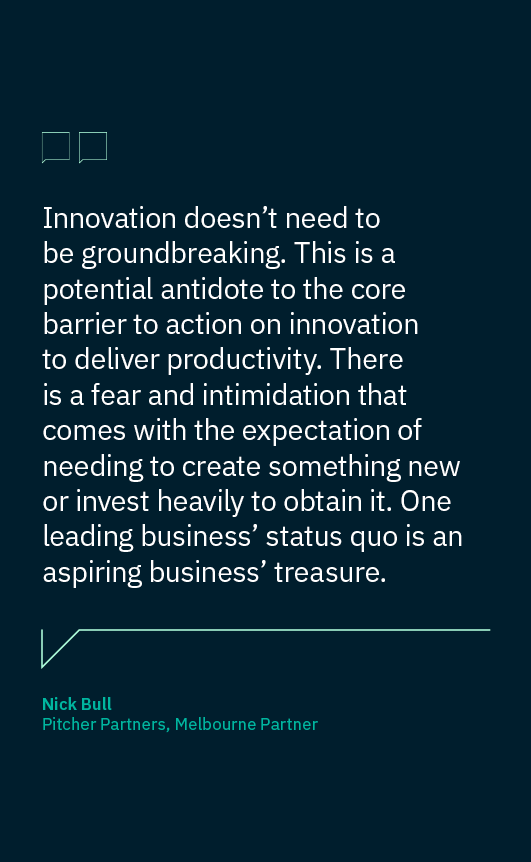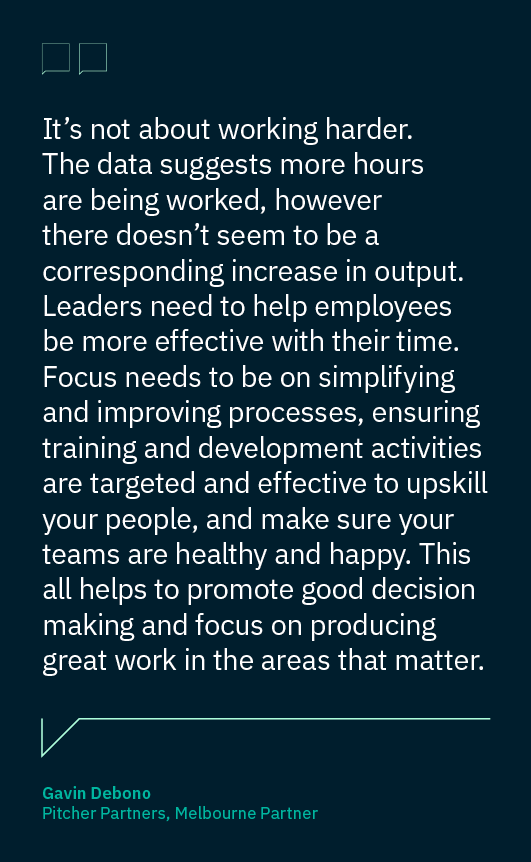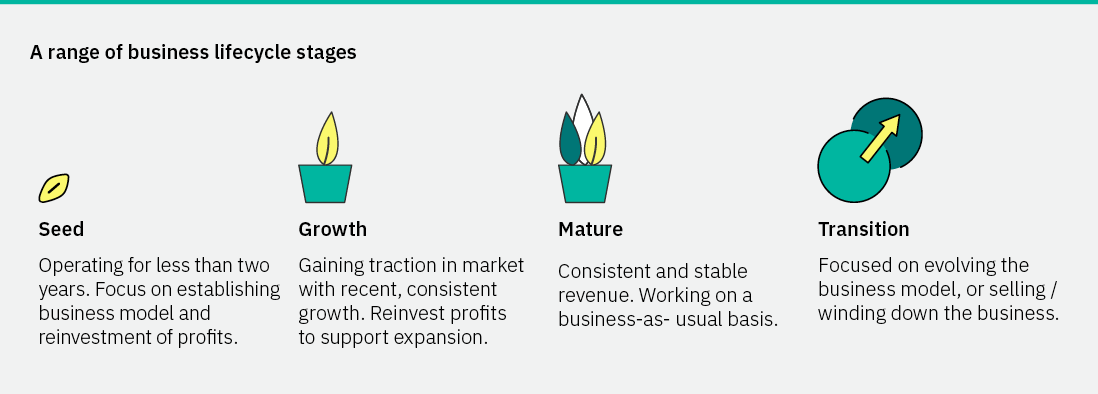Business Radar 2024 Understanding the businesses that drive Australia’s economy

Pitcher Partners Business Radar canvasses the trends, challenges and opportunities experienced by Australia’s middle market businesses. Independently commissioned, our most recent snapshot was conducted in February 2024 and surveyed over 150 business owners and leaders.
This is the first in this year’s series that deep dives into business leaders’ confidence, considering their organisation, their industry and the economy as a whole. It also delves into the topic of productivity – supposedly a critical challenge for the Australian economy, but is it really?
Key findings
- A dipping of overall confidence may be resettling after unexpected heights of 2023.
- The confidence boost of strong demand is tempered by the increased cost of doing business.
- Australia’s middle market may not be as challenged by productivity issues as the wider economy.
You can also catch up on key insights into business resilience, generative AI and cybersecurity, gathered in our Business Radar surveys in October, June and February 2023.
Read on to learn how you can proactively address these challenges and ensure your business continues to thrive or access a PDF version here.
Business confidence


The pressures of productivity


Our experts







